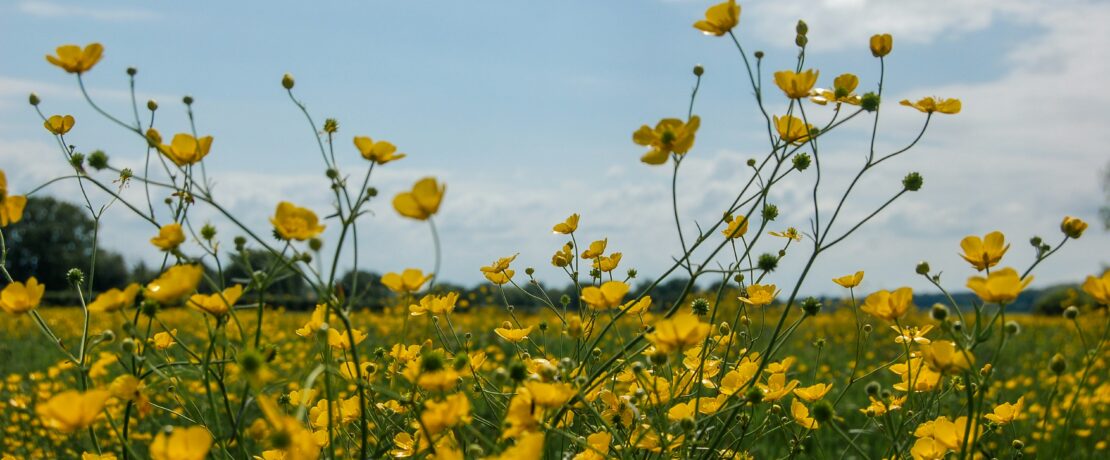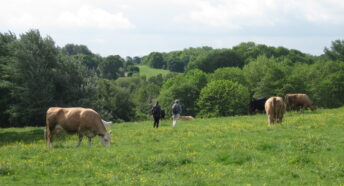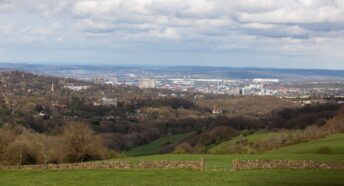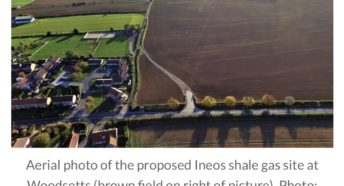Sheffield’s Green Belt: Residents Speak Out
Sheffield’s Green Belt has long been a vital asset to the city. It’s our buffer against urban sprawl, a vital space for clean air, nature’s recovery, natural flood management, agriculture, and recreation. As the Outdoor City, it’s what helps our city grow sustainably while maintaining its unique character and status as the greenest city in the UK.
But the Green Belt is under threat.
Proposed developments on Green Belt land have sparked concern among local residents who fear developments will have an irreversible impact on the countryside, and their lives.
As plans are explored, many people are contacting us to highlight factors that they are concerned about. This includes:
Infrastructure and Public Services
Some residents have pointed to existing pressures on roads, public transport, and utilities, wondering how additional developments might impact day-to-day capacity. There are also questions about how new housing could affect GP surgeries and healthcare access, given reports of long waiting times in some areas.
Access to Green Spaces
For many people, Green Belt land offers views of rolling countryside, open fields, and woodlands, creating a visual escape from the bustle of urban life. Walking, horse riding, and outdoor activities allow people to enjoy these landscapes, but simply seeing greener views can be just as beneficial – offering a sense of calm and connection to nature.
Numerous reports emphasise the vital role of green spaces, particularly during the COVID-19 pandemic, in promoting physical and mental well-being. So, understandably, concerns have arisen about how developments could limit access to these beneficial environments. Many residents have shared how these spaces became a lifeline for people during the COVID-19 pandemic, and how they continue to be a source of comfort for individuals struggling with mental health challenges.
Prioritising Brownfield Sites
Whilst a statement on the Council’s website concludes that “it was determined that there are no more available brownfield sites left to allocate which means that in exceptional circumstances, a small number of green belt sites are being considered. The sites account for only 3.6% of the land currently allocated as green belt, which means that over 96% of the Green Belt will remain untouched and protected.” In alignment with CPRE’s Brownfield First campaign, several voices advocate for focusing on brownfield sites as a first option for new housing and infrastructure projects. They suggest that repurposing previously developed land may provide opportunities for urban regeneration while minimising the impact on the countryside. There is also concern that stones have been left unturned when it comes to finding available, viable and suitable brownfield sites for housing development.
Education and Local Capacity
With any new housing developments, the question of school places and local services arises. Some residents have raised concerns about whether existing institutions have the capacity to accommodate an increased population and how resources might be allocated accordingly.
Environmental and Biodiversity Considerations
Many people fear that proposed developments could severely disrupt habitats, putting at risk the trees, hedgerows, wildflowers, and diverse wildlife that make these landscapes so precious. Residents have voiced their concerns about losing places where bluebells bloom beneath ancient oaks, and hawthorn hedgerows provide shelter for sparrowhawks, barn owls, kestrels, and bats. Deer, badgers, foxes, and countless other species rely on these spaces, forming a rich, interconnected ecosystem where nature can thrive. As discussions about developments continue, concerns grow over how changes to the landscape could negatively impact biodiversity, threatening the very heart of what makes Sheffield’s Green Belt so special. Currently Sheffield lacks an adopted Local Nature Recovery Strategy and so there is no statutory strategy to show which areas of land should be best protected as strategic opportunities and priorities for creating or improving habitat.
Farming
Sheffield’s Green Belt is not only a haven for wildlife but also home to valuable agricultural land that has supported farming for generations. Fields used for grazing and food production play a crucial role in sustaining local economies and providing fresh, locally grown produce. Many worry that proposed developments could lead to the permanent loss of good agricultural land, disrupting traditional farming practices and reducing local food security.
In Farming on the Edge, CPRE call on government to protect, support and encourage sustainable nature-friendly farming enterprises in the Green Belt and wider urban fringe for their contribution to sustainable development.
Climate change
Some people fear that developing Sheffield’s Green Belt will reduce the land’s ability to absorb CO2 and manage rainwater effectively. The fields where developments are proposed play an important role in storing carbon and preventing flooding, making their protection essential for environmental sustainability.
Air pollution
The Green Belt is more than just land, it’s the lungs of Sheffield – a natural filter for air pollution which is part of a thriving countryside where people have chosen to live, raise their families, and enjoy the benefits of a cleaner, healthier environment. Many worry that developing this land will lead to increased traffic, construction emissions, and a loss of green space that helps combat air pollution.
Attend a public drop-in event
Throughout the public consultation, a number of drop-in events will be held across Sheffield. These events provide an opportunity for residents to learn more about the proposed developments, ask questions, and receive guidance on how to submit feedback.
The remaining public consultation events are as follows:
- Public drop-in event: 17th June, Woodhouse Community Library, 4.30pm – 6.30pm
- Public drop-in event: 23rd June, Handsworth Methodist Church, 4.30pm – 8.30pm
- Public drop-in event: 26th June, Winter Gardens, Sheffield City Centre, 10am – 3.00pm
- Public drop-in event: 2nd July Brightholmlee Methodist Church, 4.30-6.30 pm
We encourage all residents to attend and take part in shaping Sheffield’s future.








